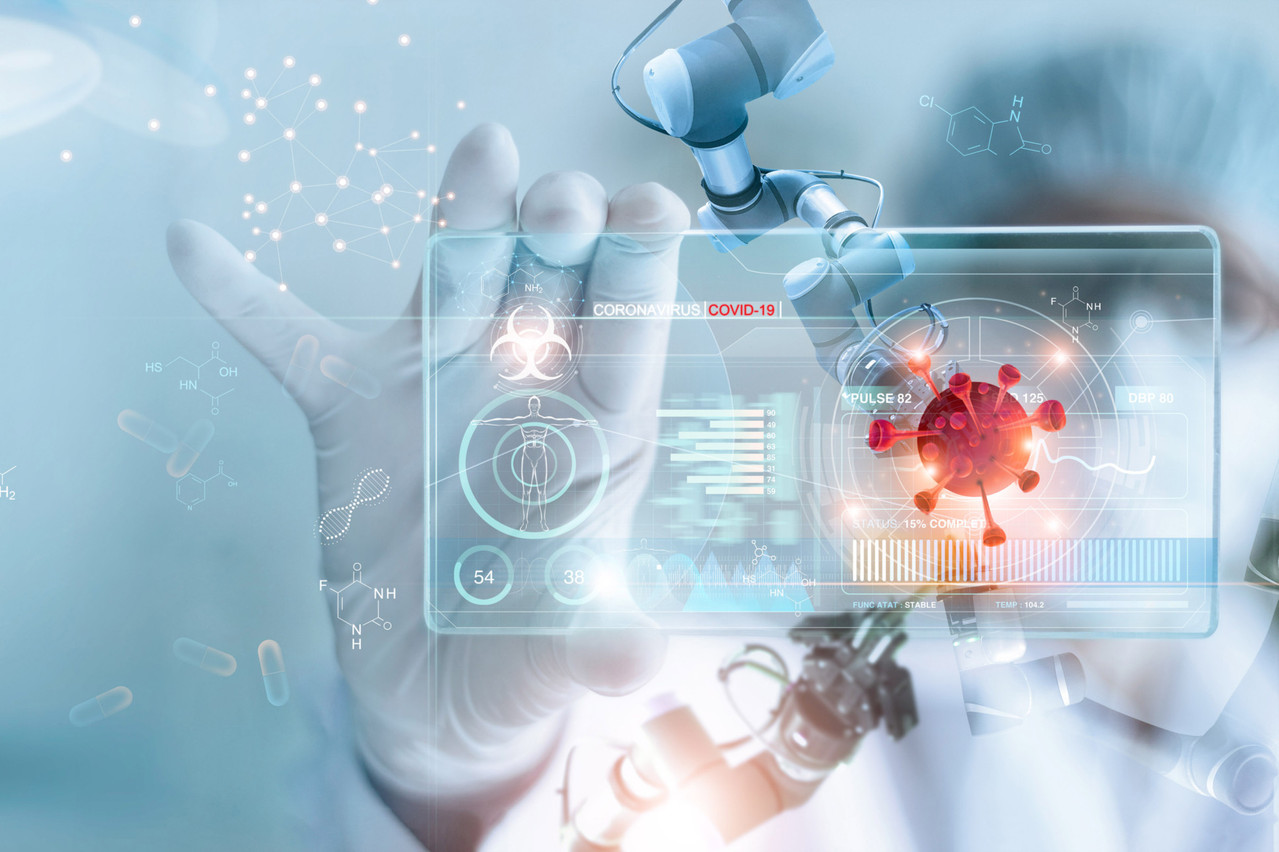The medicines of the future
Project Phoenix is a €14.45 million project, including €11.1 million from the EU, to create an open innovation test bed for nanopharmaceuticals. These very small components could become the drugs of the future, with levels of efficacy and targeting that are far superior to the drugs we know today. Eleven partners form the project consortium, including the Luxembourg Institute for Science and Technology (List), which coordinates the project.
Less polluting materials
The production of clinker, the main component of cement, generates significant CO2 emissions. The aim of CO2REDRES, a new Interreg project in the greater region in which the University of Luxembourg is participating, is to find substitutes for clinker. This two-year project involving 18 partners has a budget of €1.25 million.
Bringing robots and humans together
Transcend is one of six projects selected under the Audacity programme of the Institute for Advanced Studies in the United Kingdom. It aims to ensure safe cohabitation between robots and humans in everyday contexts and will start on 1 September.
5G for sustainable agriculture
The Lux5GCloud project, coordinated by List and funded by the Government Media and Communications Service, will lead and demonstrate the benefits of 5G to develop a Cloud Hierarchy Database Platform enabling all end-users to monitor, automate and analyse their operations.
Better care for epilepsy
The IDAE project addresses the fourth most common neurological disorder: epilepsy. 30% of patients with epilepsy do not respond to available treatments. Selected as part of the Institute for Advanced Studies' "Audacity" programme, it uses machine learning methods.
Clean hydrogen
After receiving a €1.9 million grant from the European Research Council at the end of 2019, List is continuing to invest in the hydrogen sector, with the signing of a four-year partnership with the French company 3D-Oxides in 2020. This project aims to conduct a research programme focused on energy, and more specifically on the development of new materials for the hydrogen sector.
Next-generation DNA sequencing
The interdisciplinary research project Crimtyp, which will incorporate the University's areas of academic expertise, explores the future of forensic genomics and is one of six projects selected under the Institute for Advanced Studies' Audacity programme. It aims to combine forensic and genetic sciences to explore the different possibilities of forensic DNA phenotyping.
Bacteria to boost energy production
Through the Clomics project, carried out with the financial support of national research fund FNR, List is studying a bacterium that could improve the biomethanisation process, to transform bio-waste into energy and green fertiliser. According to the first results, these bacteria, or Cloacimonetes, allow an increased methane yield of 20-50%.
Microbiota associated with cancer
The Cameos research project, supported by the University of Luxembourg as part of the Audacity programme, is paving the way for a new line of interdisciplinary research on the cancer microbiome, at the intersection of physics, biology and machine learning. The cancer microbiome is particularly important for those types of cancer that do not have a genetic origin, but are caused by lifestyle factors.
Lighter materials
Drivecomp, the project developed by Professor Cláudio Sául Faria Lopes of List, won a Pearl Chair from the FNR, with funding of €3.97 million. It aims to develop the next generation of ultralight composite structures and materials for transport in general, and aeronautical applications in particular.
This article was written for published on 15 July 2021. It has been translated and edited for Delano.
